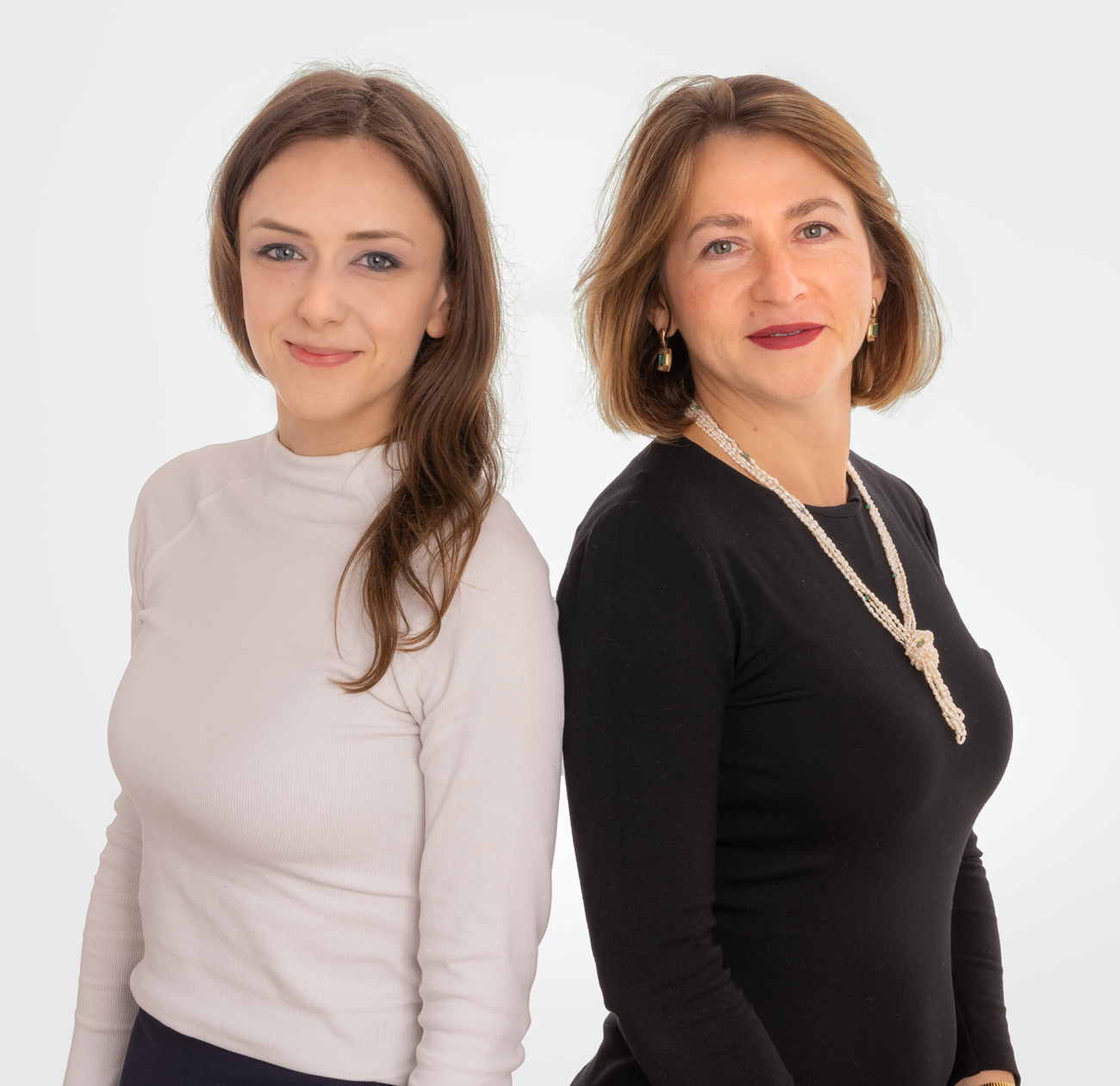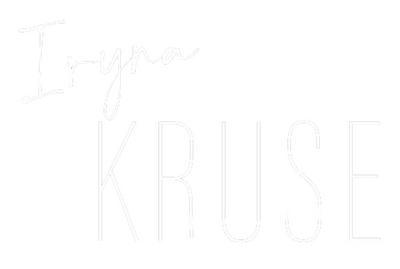A word with
Emanuele Piras
Elio Mignini
Member of AgroFOOD Industry Hi Tech's Scientific Advisory Board
Dr. Jule Lexa Völzke and Dr. Iryna Kruse are responsible for Product Design & Development at CLR. Dr. Völzke, who holds a PhD in chemistry, focuses on developing active ingredients by translating molecular mechanisms into consumer-centric skincare applications. Dr. Kruse, who has a background in botany and microbiology and earned her PhD in cancer research, specializes in scientific validation, designing studies that ensure the efficacy, safety, and reliability of CLR’s cosmetic ingredients, supporting evidence-based innovation in skincare.
What does it take these days for consumers to reach out for a product?
Creating outstanding cosmetic products is not a matter of coincidence—it’s the result of intensive considerations, basic research, a well thought–out development process, and a genuine passion for understanding the skin. When a product supports the skin’s own biological diversity in a way that allows consumers to experience noticeable benefits, even without understanding the scientific complexities behind it, we know we have succeeded. Consumers are instinctively drawn to products that genuinely meet their needs and expectations. Achieving this requires first and foremost convincing effectiveness. But factors such as skin feel, sensory properties, the product's narrative, and its overall message must also align seamlessly and resonate with consumers in their unique context and moment in time.
At CLR, we take science very seriously and bring all our experience and expertise to developing highly effective products that not only solve specific skin problems but also help consumers feel better in their daily lives. Skin issues such as itching, redness, acne, or dark circles can cause significant discomfort and distress, and we are committed to addressing these challenges with solutions that truly make a difference.
To offer exactly that: where do you get your inspiration from in the process of developing new products?
With consumer needs as the core driver in mind, we turn our attention to nature. The effect of a substance can often be found in its origin. Recognizing and scientifically processing this is our core work. Let me give you a few examples. The traditional milk drink kefir is known for its health-promoting properties, has an antioxidant effect, and promotes the inner balance of our intestines. This inspired us to develop a vegan postbiotic active ingredient, CefiraProtect CLR™, that boosts the skin's antioxidant potential. Another interesting example is CutiGuard CLR™, which is based on the extremophile red alga Galdieria sulphuraria. This microalga lives and thrives under the most extreme conditions in volcanic landscapes. We use the benefits of this adaptive and robust species in a fermentation process to preserve the youthfulness of our skin cells. The benefits are not only tangible but also visible, as the skin’s evenness improves noticeably. Much like the resilient algae that thrive in extreme environments, we empower consumers to radiate confidence and vitality, even amidst the challenges of modern life and its complexities.

Are there limitations you have to take into consideration when searching for a new active ingredient?
Product development today is more multifaceted than ever. While the efficacy of an active ingredient remains our top priority, factors such as sustainability, efficiency, regulatory requirements, alignment with the current zeitgeist, and consumer relevance are equally critical. We hold our products to the highest standards, integrating these considerations seamlessly into the development process of our active ingredients.
Once you have found that “source,” how do you prove its activity and effectiveness?
We carry out in vitro tests at the beginning of each activity study. This means that we look at the mode of action of an active ingredient in various cell tests and place it in a scientific context in relation to the skin. The better we understand how a substance can support our skin's own processes, the more impact a product can have for the consumer in the end.
But how does this work? How can you transfer this gained knowledge into a real-life situation?
In fact, that's the hard part. Even if an active ingredient achieves great effects at the cellular level, this is not always the case for the actual skin environment; the reference system is of course different. This is where the topic of cosmetic formulation becomes very important. If an active ingredient is used optimally in a formulation, it is possible to translate the scientific thesis into a real skin sensation. A good example is our neurocosmetic active ingredient AnnonaSense CLR™. It is based on the fruit Annona cherimola. In cooperation with local farmers we use the crop losses to produce a highly effective, upcycled active ingredient. In a large in vivo study, we were able to show that AnnonaSense CLR™ can balance inflammatory skin processes caused by stress so efficiently that the skin appearance of the test subjects improved significantly and stress-related redness disappeared. The improved skin feel and enhanced appearance had such a positive effect on people that their systemic cortisol levels decreased by up to 30% after four weeks compared to the placebo group. Building this bridge between cell test data, a tangible skin experience, and a noticeable improvement in consumers' daily lives through the use of a cosmetic product is our main motivation: When we achieve this, it’s the best reward.
How does the consumer fit into your product development efforts?
The consumer is at the heart of everything we do. While this might seem surprising for a company that doesn’t sell products directly to consumers, our approach is simple: If we create active ingredients that truly address consumer needs, they will naturally drive success for our customers as well. It’s a win-win-win situation. Understanding consumer concerns and how they perceive the problems they seek to address with cosmetic products is central to our process. Take, for example, the widespread issue of sensitive skin. Many people perceive their skin as sensitive, but what does this truly mean? What factors contribute to this perception? By asking these critical questions, we can define precise scientific goals and determine the biological processes we need to influence. Once these goals are established, we engage in rigorous scientific research to ensure our active ingredients deliver results. This way, both we and our customers can be confident that our products meet consumer needs—whether it’s addressing sensitive skin or tackling other challenges effectively and reliably.
This will be the most relevant part for consumers and their decision for or against a product, right?
It is not just about telling a good story—it is about what that story can do for you. Does it address a challenge you have been facing? Does it help you feel more comfortable and confident in your skin, enabling you to navigate life with greater ease? By looking at the wisdom and limitless richness of nature through the lens of science, we strive to capture at least a fraction of its potential and transform it into cosmetic formulations to enable the skin to perform at its best.
What key aspect will you focus on at clr for future product development?
Our skin is a miracle in itself. For the future, it is important that we honor this fact and continue to understand how the biological relationships actually work. Only in this way will it be possible to develop authentic new products that are underpinned by scientific knowledge, are in harmony with the nature of our skin and nature itself, and help consumers around the world to feel good in their skin. That is our mission.
References and notes
- Arenas-Jal M, Suñé-Negre JM, Pérez-Lozano P, García-Montoya E. Trends in the food and sports nutrition industry: A review. Critical Reviews in Food Science and Nutrition. 2020;60(14):2405-21.
- Angus A. Top 10 Global Consumer Trends for 2018: Emerging Forces Shaping Consumer Behaviour: Euromonitor International; 2018 (Available from: https://tourismaccommodation.com.au/wp-content/uploads/2018/03/Top10-Global-consumer-trends-for2018.pdf.
- Labrecque LavdE, Jonas and Mathwick, Charla and Novak, Thomas and Hofacker, Charles. Consumer Power: Evolution in the Digital Age. Journal of Interactive Marketing 2013;27.
- Dunford M. Fundamentals of Sport and Exercise Nutrition 2010.
- Galaz GA. Chapter 20 - An Overview on the History of Sports Nutrition Beverages. In: Bagchi D, Nair S, Sen CK, editors. Nutrition and Enhanced Sports Performance. San Diego: Academic Press; 2013. p. 205-10.
- Bird SP. Creatine supplementation and exercise performance: a brief review. J Sports Sci Med. 2003;2(4):123-32.
- Schofield L. Vitamin Retailer The Dietary Supplement Industry Leading Magazine 2022 (Available from: https://vitaminretailer.com/activating-your-fitness-nutrition-department/.
- Newman JI, Xue H, Watanabe NM, Yan G, McLeod CM. Gaming Gone Viral: An Analysis of the Emerging Esports Narrative Economy. Communication & Sport. 2020:2167479520961036.
- Tartar JL, Kalman D, Hewlings S. A Prospective Study Evaluating the Effects of a Nutritional Supplement Intervention on Cognition, Mood States, and Mental Performance in Video Gamers. Nutrients. 2019;11(10).




